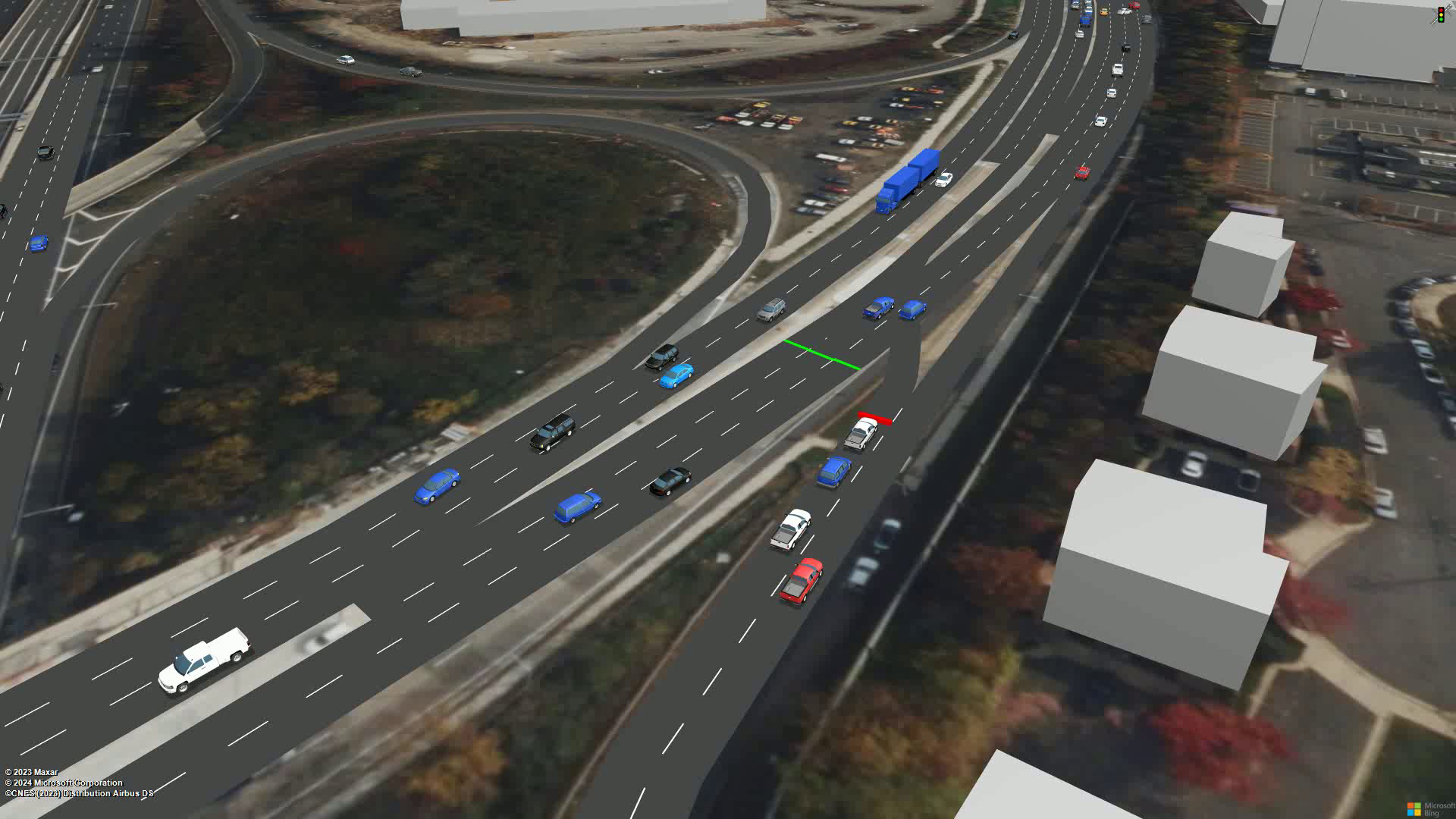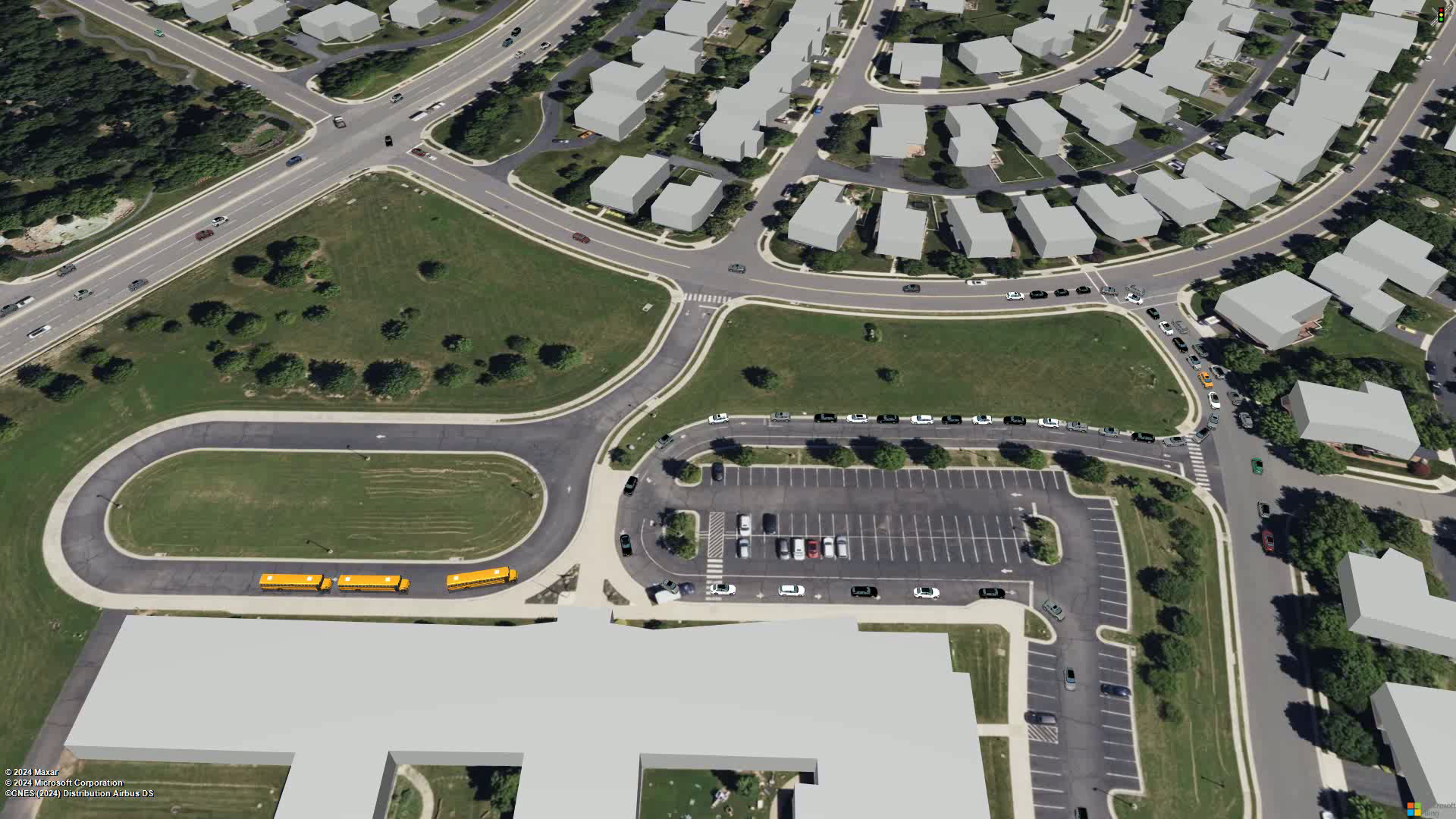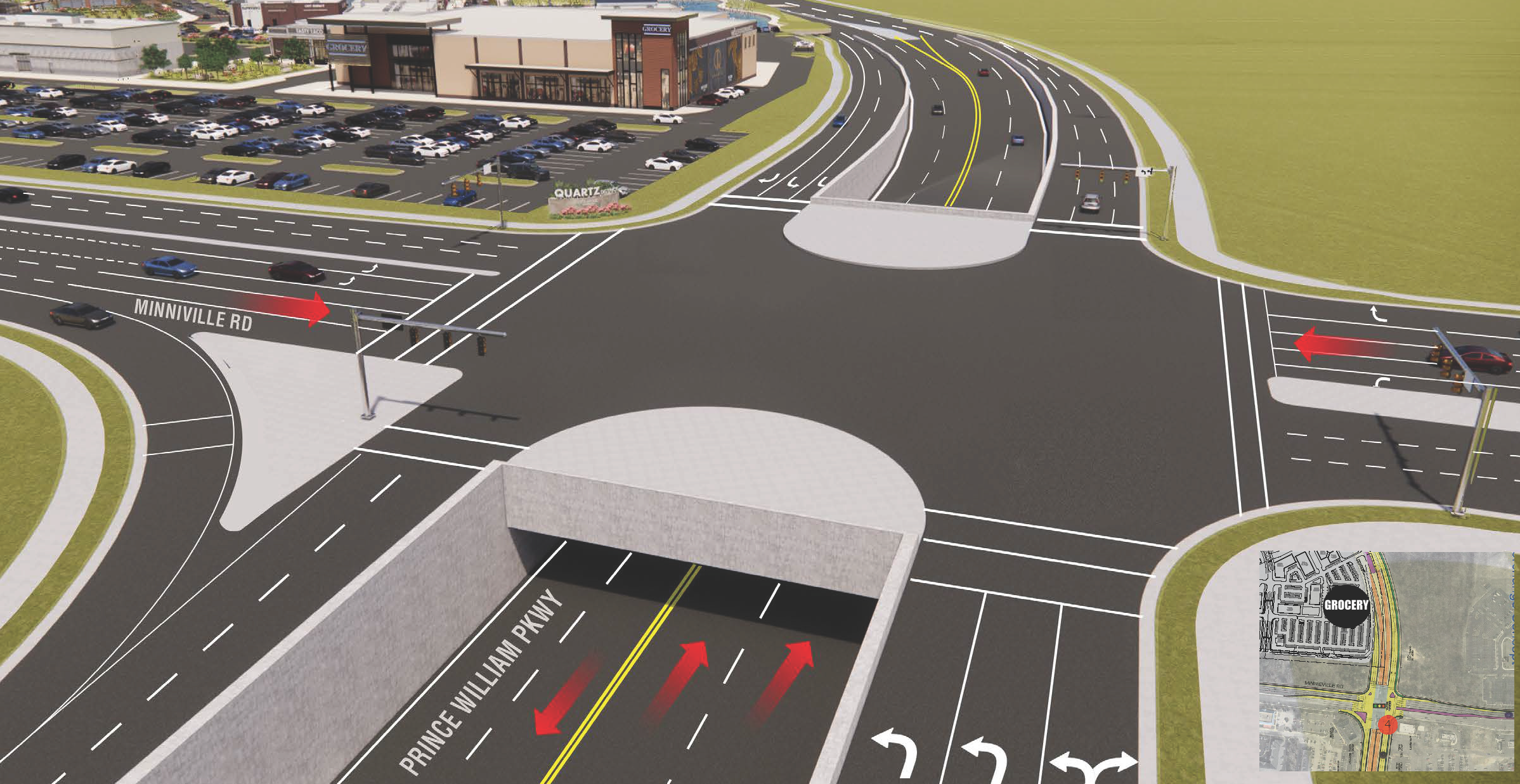
Frequently Asked Questions - VISSIM
What is VISSIM?
VISSIM is the preeminent microsimulation software tool in the transportation field, designed to predict how transportation networks will respond to various changes and conditions at a very granular level of detail. Transportation planners and engineers use microsimulation models to iterate through multiple design alternatives, identify possible conflicts, and recommend areas for improvement. This allows for more informed decision-making when planning future developments.
VISSIM is considered to be an “advanced” modeling tool. “What makes VISSIM “advanced” in the context of traffic modeling is that every vehicle, bus, train, pedestrian, and cyclist is treated as an individual data point, tracked throughout its journey within the network. Attributes of each data point like speed, route, stops, acceleration, deceleration, and occupancy are recorded from the moment it enters the network to the moment it leaves. The level of detail doesn’t stop there. The model network can replicate the physical network down to lane widths, road curvatures, and signal control placement.
If VISSIM provides such detailed analysis, why not use it for every project?
While VISSIM offers highly detailed and sophisticated analysis, its complexity adds to the resource requirements for each study. For years, traffic analyses have been successfully conducted without the use of VISSIM, often leading to similar conclusions at a lower cost. This makes it essential to view VISSIM as one of many tools in a larger toolbox.
Although VISSIM provides greater detail than many other tools, that doesn’t mean those other tools are outdated or ineffective. Depending on the project’s needs, simpler tools may still provide the necessary insights without the added complexity.

How does VISSIM add value?
VISSIM’s strength lies in its granularity. It can provide metrics based on specific modes of transport, time periods, subareas, and more, allowing a detailed evaluation of nuances that other tools might miss. For instance, VISSIM can output data like transit and bicycle travel times, or pedestrian delays at crosswalks, showing how these metrics fluctuate over an hour.
Additionally, VISSIM excels as a visualization tool. It can generate “bird’s-eye” views of transit systems, demonstrate bus circulation at a school, or even simulate a cyclist’s point of view in a new protected bike lane. This visual clarity helps communicate complex results to clients, public agencies, and stakeholders.

When is VISSIM the right tool for the job?
While most transportation analyses can be handled with standard tools, certain projects benefit from VISSIM’s advanced capabilities. The decision to use VISSIM often depends on the project’s complexity and is typically made in consultation with the reviewing agency at the project’s outset.
VISSIM is ideal for projects that include:
- Uniquely configured intersections or closely spaced signals
- Networks with multiple facility types, such as freeway ramps connecting to urban roads
- Frequent interactions between vehicles and active transportation modes (e.g., cyclists and pedestrians) outside of controlled locations
- Transit operations in dedicated lanes or rights-of-way separate from general traffic
- Oversaturated conditions where demand exceeds capacity during peak periods
- Dedicated non-vehicular facilities like shared-use paths or pedestrian malls
- Complex pick-up/drop-off (PUDO) operations
- Major parking or tolling facilities
Why Choose Gorove Slade for Traffic Simulation?
Gorove Slade’s dedicated traffic simulation team is well-versed in VISSIM and other modeling programs. We’ve successfully applied VISSIM to a wide variety of projects, including:
- Freeways and urban intersections
- Pick-up/drop-off circulation patterns
- Bus Rapid Transit (BRT) systems, including queue jumps and dedicated lanes
- Pedestrian accommodations and crosswalk design
- Bicycle-specific traffic signals and protected bike lanes
Whether you’re dealing with complex urban networks or specific multimodal interactions, our team is ready to tackle any project with the right tools and expertise.
